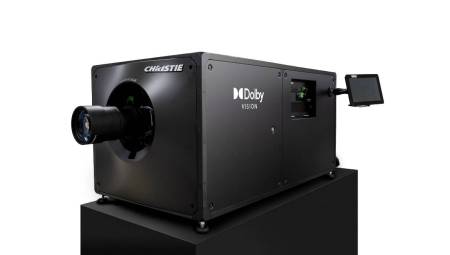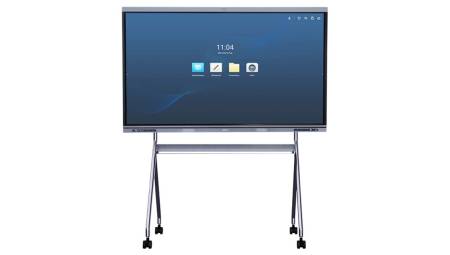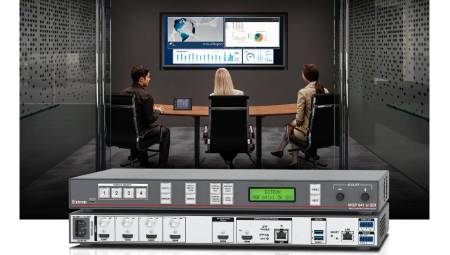To manufacture an air conditioner powered by solar thermal energy, it is necessary to build a system based on thermoelectric effects that allows cooling, heating and ventilation within architectural spaces, using the harvest of sunlight and transforming thermal energy into cold/hot air. This results in considerable energy savings throughout the year.
How solar thermal air conditioning works:
Air conditioners are responsible for taking advantage of heat to generate cold. For this it is necessary to add an absorption equipment to the solar thermal systems.
Solar installations that produce cooling by absorption, base their operation on the ability to absorb heat from certain substances such as: lithic bromide and ammonia that are absorbents and water as a coolant. These elements undergo physico-chemical reactions that are triggered by a thermal energy.
Common solar systems are flat plates, so they only receive sunlight at certain times, so they do not produce water at very high temperatures. To use them in air conditioning, high-efficiency equipment must be used that can be activated with temperatures of the order of 85ºC.
To compensate for this deficiency, solar concentration equipment is used that can track the sun throughout the day, so that the sun hits perpendicular throughout the day, increasing the efficiency of the flat panels. With this it is possible to raise the water temperature up to 95ºC, enough temperature to work with any absorption equipment, with a constant performance.
But the recommended solar energy system is that of solar panels with vacuum tubes, which reach temperatures of up to 120ºC.
Another system for solar thermal air conditioning consists of the capture of outside air that is dried by an absorbent substance. It is then cooled by an air-to-air exchanger. The desicctive substance dries again with the air itself generated by the system.














